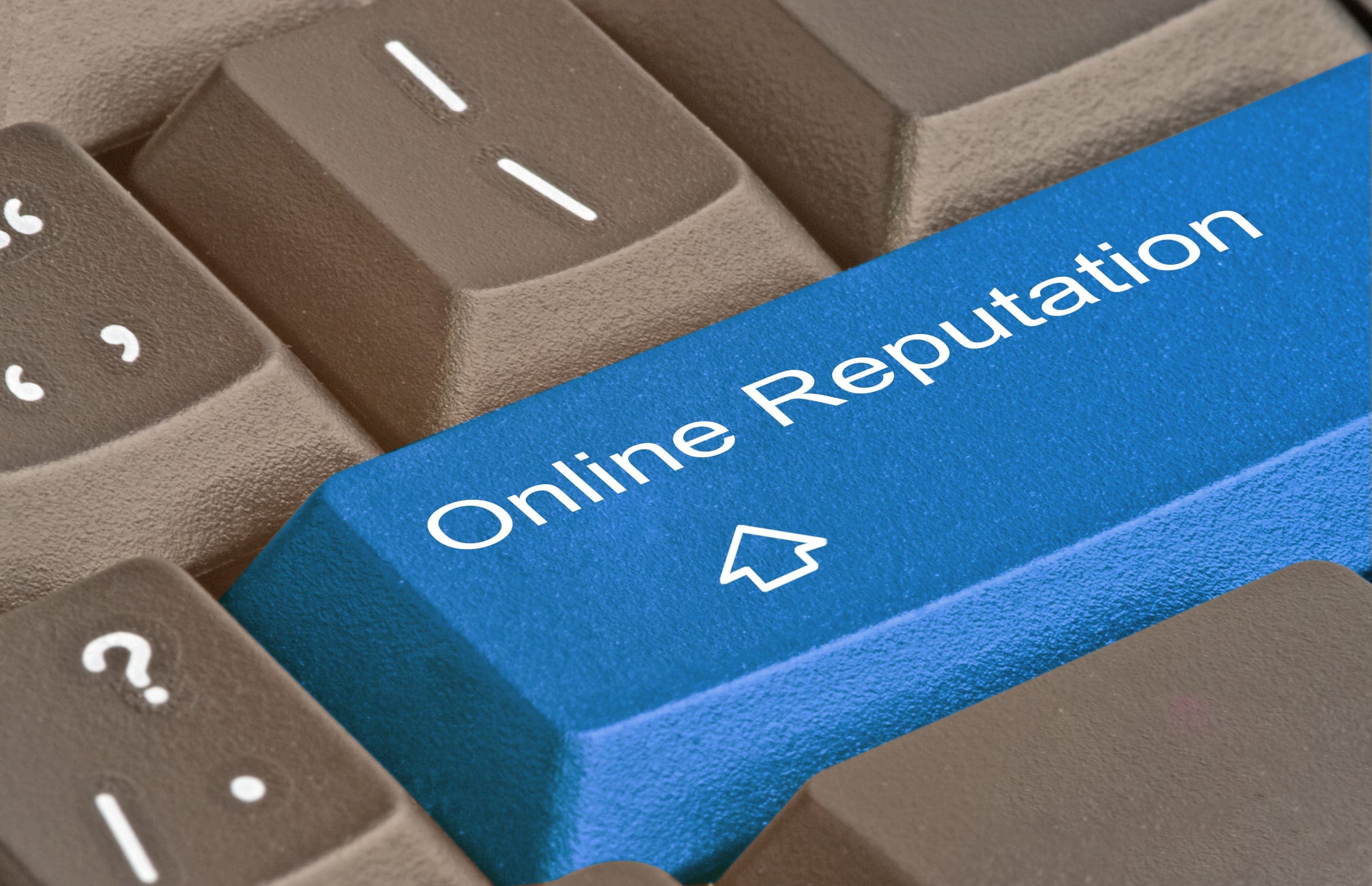
Share
By Alex Cramer
By now you’ve probably seen the video. A man sits in a white office wearing a purple, Silicon Valley power fleece and with the same level of concern one uses to order french fries at a drive-through, announces over Zoom to approximately 900 employees that he can’t see, and some of whom haven’t even logged on yet, that they are all fired.
The man is Vishal Garg, the CEO of Better.com, and even though the services they offered weren’t any better or worse after the video became public, the company immediately lost several senior executives, its Q4 revenue fells by 22% and a long-planned multi-billion dollar SPAC was delayed to an undetermined time.
Sheesh.
That, my friends, speaks to the importance of reputation for your brand. No matter how superior your product is, if your brand isn’t seen as credible, decent and trustworthy, your business will suffer. According to the World Economic Forum, fully 25% of a company’s value is tied directly to its reputation.
Now we’re going to give you the benefit of the doubt, and presume that you would never use the death of a beloved actress to sell pastries, however, there are still several proactive steps you can take to increase the level of trust and brand reputation that you have with your customers.
User-Generated Content
This year, a 30-second Super Bowl commercial cost $6.5 million, not including the millions more spent on celebrity endorsements and production costs. And these mega-ads had no impact on just under half of the audience.
Research by the World Federation of Advertisers shows that fully 40% of consumers no longer trust traditional advertising.
That’s why you should utilize user-generated content (UGC), which is content created independently by people who actually like and use your product. It may not always be slick or highly produced, but in many ways, that’s the point. Its very rawness is what makes it feel real and authentic in the way that a pricey marketing campaign never can.
Written reviews from consumers are good, but both pictures and videos from your customers are particularly valuable because they create social proof that real people actually enjoy your product and you can use that content to drive more engagement across your social media channels.
A good way to generate UGC is to have one of your influencer affiliates sponsor a contest for people to submit the best picture or video of them using your product, which you can then use on your own website and in your marketing materials.
Content that adds value
A big part of why traditional advertising is becoming less effective is that it’s increasingly failing to answer a fundamental consumer question: how is this adding value for me?
When the content that either you or your affiliates create is just self-promotion, it becomes white noise for your audience and they tune it out.
Well-made “added value content” is original content that should be unique, interesting and informative for your consumer, relevant to their lives and can’t be found elsewhere on the web. This style of content is proven to have a high user engagement and it’s also ranked higher by Google.
So, if you sold cooking supplies, you could create a video with a chef showing how to use them to make tasty and easy recipes, or if you were a fashion brand, you could have a stylist show different ways to style the products you sell.
The bottom line is that customers don’t want to feel like they’re being sold, they want to feel like they’re being helped, so gear your content towards creating value or solving problems rather than endlessly promoting your product.
Sustainability Matters
One of the biggest trends in retail over the last few years is the rise of the conscious consumer. These are buyers who not only need a product but who also want to know that the brands they support share their values.
A survey by McKinsey Consultants showed that 66% of US consumers and 75% of millennials consider sustainability when making a purchase.
That’s why you should highlight your brand’s own sustainability efforts in your content. If your product uses recycled materials, or if you have a more sustainable manufacturing process that uses less water or produces less waste, be sure that your consumers are not only aware of that but let them know that finding ways to be more environmentally conscious is a core value of your brand.
Being consciously aligned with your customer’s values is a powerful way to create trust and credibility
—-
The identity of your brand in the minds of consumers is just as important as the product you make. In addition to not making obviously foolish mistakes (we’re looking at you Spaghettios), it’s important to be proactive when it comes to taking the steps that will make your brand have a positive and trustworthy reputation with your customers.




